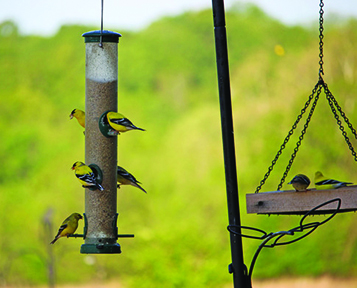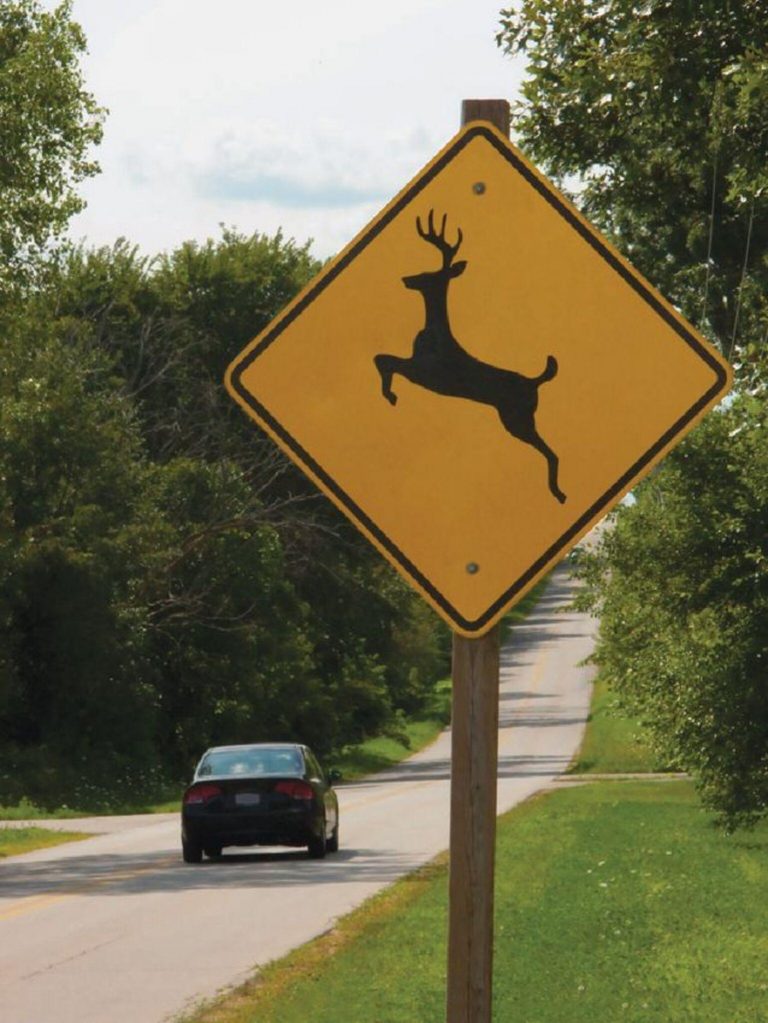With fall giving way to winter, natural food sources become scarcer for birds, especially after a particularly dry growing season. When you set up a bird feeding station, you might find many more birds visiting, particularly when ice or snow blankets the ground and temperatures drop, reports the Missouri Department of Conservation.
Some birds, like chickadees, can be a bit particular about their meals, while others, such as white-throated sparrows, are happy to munch on almost any kind of seed.
“A common starting point for many is black-oil sunflower seeds, and from there, you can mix in different seeds to attract a wider variety of species,” states a release from the conservation department. “Keep in mind that different birds have varying eating preferences; some songbirds enjoy feeding right on the ground, while others will use both ground and platform feeders. Your bird-feeding stations can be as straightforward as seeds scattered on the ground, a basic platform feeder, or as elaborate as a feeder designed to limit access based on the weight of visiting birds. A simple wooden platform is an easy option to create a feeding station.”
When selecting a spot for a feeding station, the conservation department recommends choosing a location where feeders can easily be observed from inside a home.
“It’s also crucial to ensure that the area allows birds to spot any approaching predators and is away from windows where reflections of vegetation or the sky might pose a risk for collision,” reports the MDC.




